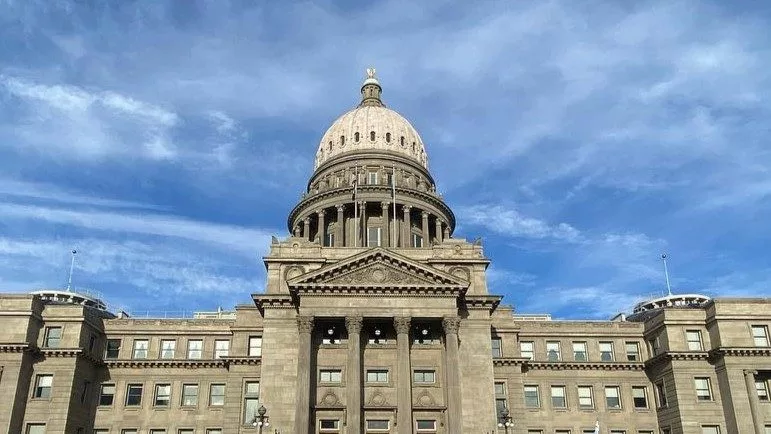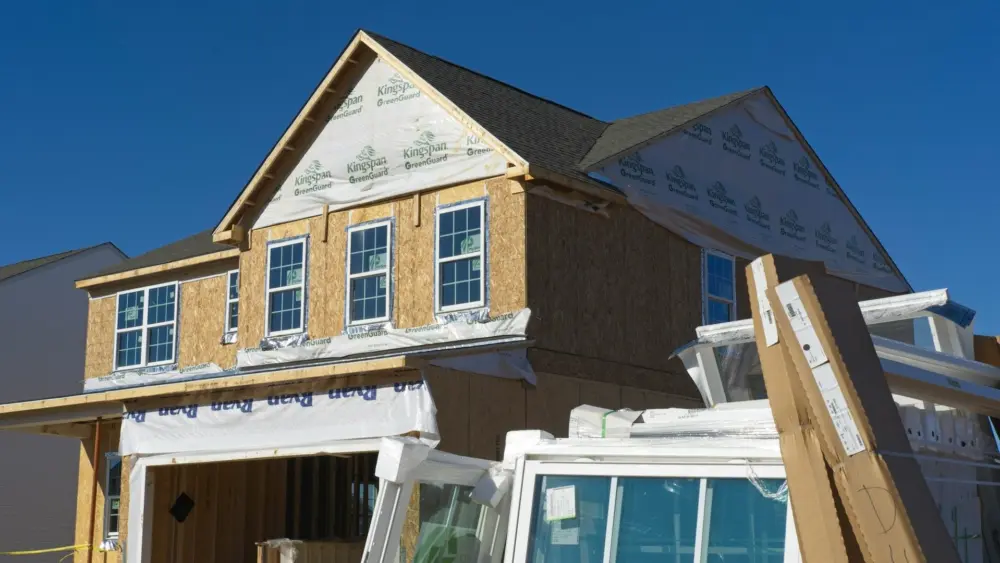BOISE, ID – Through April, state revenues are $97.7 million below the Idaho Legislature’s forecast for the current 2025 fiscal year, according to a new monthly revenue report released by the Idaho Legislative Services Office.
Although revenue collections are more than they were last year at this time, they are below the Idaho Legislature’s forecast for the current fiscal year, according to the April edition of the Fiscal Year 2025 General Fund Budget Monitor report.
That’s important because the Idaho Legislature used the forecast in the state’s 2025 fiscal year budget.
When legislators left the Idaho State Capitol in Boise at the end of the 2025 session, they were forecasting to end the 2025 fiscal year on June 30 with a positive ending balance of $420.3 million.
But just over a month later, the projected ending balance has shrunk to $322.7 million, according to the new budget monitor report.
“Thats why we left such a strong ending balance,” said Rep. Wendy Horman, an Idaho Falls Republican who serves as the co-chair of the Idaho Legislature’s Joint Finance-Appropriations Committee, or JFAC.
JFAC is a powerful legislative committee that sets every budget for every state agency and department.
“At the time we adjourned Sine Die there were questions about the impacts of tariffs, and we gave more tax relief than the governor proposed,” Horman added, using the Latin phrase Sine Die that signifies the annual legislative session has ended for the year “We wanted to make sure we had a cushion there to cover us – not only through the end of this fiscal year, but also carrying over to start FY26, and that’s what we did.”
“At this time, we are still very well positioned moving into the next fiscal year,” Horman said.
Sales tax distribution seems to be main factor in state revenue picture
Idaho’s budget runs on a calendar where fiscal year 2025 ends June 30 and fiscal year 2026 begins July 1.
For fiscal year 2025, the Idaho Legislature adopted a revenue figure that was $42.1 million higher than the revenue projection Gov. Brad Little and the Idaho Division of Financial Management issued.
Sales tax distributions appear to be a major driving factor in the revenue picture.
The state’s April revenue report indicates sales tax distributions to the state’s general fund are $95.6 million less than last year.
In a written statement Tuesday, Idaho Division of Financial Management Administrator Lori Wolff said she does not foresee the need for any holdbacks in the current budget.
With the April revenue numbers coming in, Wolff said the state is still within 1% of its revenue projections.
“The governor and the Legislature left $400 million on the bottom line as cushion, and we do not anticipate any holdbacks will be necessary for FY25,” Wolff wrote Tuesday. “The Governor’s Office and (Division of Financial Management) will continue to monitor revenue, but the strength of our economy combined with responsible budgeting do not create any significant concerns about the state budget at this time.”
Boise Democrat worries cuts may be coming to next year’s budget
With only two months left in the 2025 fiscal year, it doesn’t look like the state will have a problem finishing this year with a balanced budget.
But Senate Minority Leader Melissa Wintrow, D-Boise, is worried that revenue cuts approved by legislators could lead the Idaho Legislature to cut funding for programs Idahoans depend on during next year’s legislative session.
“It may cause some havoc; in the next session we may see the Legislature cutting things,” Wintrow said in a phone interview Tuesday.
“Overall what I am deeply disturbed by – and what we are seeing in revenue collections – is I don’t think Gov. Little or the Idaho Legislature is keeping its promises to Idahoans,” Wintrow added.
In addition to serving as the leader of the Democrats in the Idaho Senate, Wintrow is a member of the Legislature’s budget committee, JFAC.
During the 2025 legislative session, Idaho legislators cut taxes by about $400 million and provided an additional $50 million in a refundable tax credit for education expenses including tuition at a private, religious school.
In a press conference Monday, Little said the state can afford the $400 million in tax cuts this year, but it’s important to consider the future.
To pay for the tax cuts and tax credits, legislators reduced revenue that is available for funding in the state budget by about $453 million.
Some of the Idaho Legislature’s laws, like 2024’s House Bill 521, divert sales tax revenue away from the general fund and put it to other uses, like paying for school facilities or reducing other taxes.
Diverting sales tax revenue before it hits Idaho’s general fund
On Tuesday, Horman did say she is concerned about the sales tax revenue diverted away before it reaches the state general fund. She said she first spoke out about the issue a couple of years ago.
“There has been a concern as we continue to draw from gross sales tax revenues in a way that distributes them before they are appropriated that we need to be cautious that the percentage going to cities and counties doesn’t get so out of balance that when the next recession hits they feel the worst of the brunt of reduced revenues,” Horman said.
Wintrow is also concerned about diverting sales tax revenue before it reaches the general fund budget.
Instead of cutting income taxes and diverting sales tax revenue, Wintrow said legislators should push to increase funding for special education programs and increase pay for state employees.
Between the revenue cuts and Republican legislators announcing a new Idaho Department of Government Efficiency task force that seeks to consolidate state agencies and reduce the number of state employees – an effort similar to the Trump administration’s and Elon Musk’s DOGE process –, Wintrow worries cuts to programs are coming next year.
“Its not very conservative to hack your revenue stream so hard it potentially puts us in a place where we may have to continue to whittle at the oak tree until it’s a splinter,” Wintrow said.
“Many of us (Democrats), and some Republicans, really were raising the alarm bell on that, to cut revenue so deeply at a time when the economy is going haywire.”
The new April budget monitor report isn’t the first sign that revenues were lagging projections. Little’s budget office released a preliminary revenue report in March that showed revenues were lagging behind state projections at that point.
JFAC is scheduled to conduct interim committee meetings next week in Idaho Falls. JFAC members are scheduled to receive a general fund and budget update Monday.
This story first appeared on Idaho Capital Sun.





